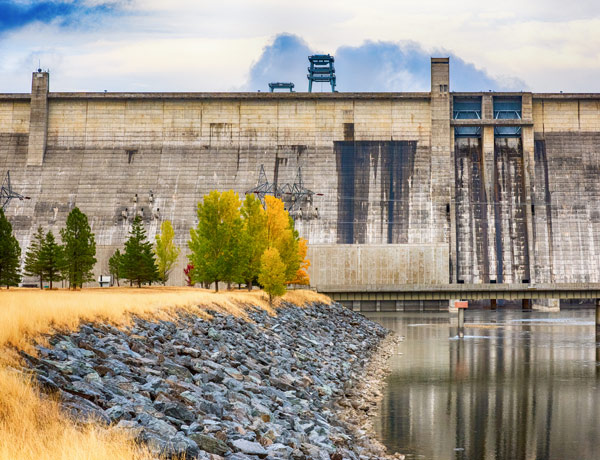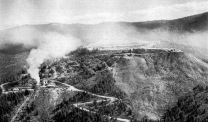W.R. Grace Settles Montana Environmental Asbestos Claims for $18.5M
Legislation & LitigationWritten by Michelle Whitmer | Edited By Walter Pacheco

W.R. Grace has offered $18.5 million to settle the last of Montana’s claims for environmental damages caused by the company’s mining operations that spread toxic asbestos throughout the town of Libby and surrounding areas.
Montana Gov. Greg Gianforte announced the offer on Jan. 10. He said the settlement would resolve the remaining environmental claims in W.R. Grace’s bankruptcy case for the Libby Asbestos Superfund Site in Lincoln County.
“After years of negotiation following Grace’s historic damage, Libby and communities in Lincoln County can more fully recover,” Gianforte said in a statement. “I look forward to the positive impact this settlement can bring to the people of Libby and Lincoln County.”
The state plans to use the funds to restore natural resources in the Lincoln County area. The Montana Natural Resource Damage Program would receive $18.5 million plus interest over 10 years.
Grace operated an asbestos-contaminated vermiculite mine in Libby from 1963 to 1990. Nearly 700 Libby residents have died of asbestos-related diseases, according to a 2021 study published in the Journal of Exposure Science & Environmental Epidemiology.
The study found a 15-fold increased risk of mesothelioma among Grace employees compared to Libby residents who did not work near the mine. Doctors have diagnosed about 2,400 residents with asbestos-related diseases since the town became contaminated.
Settlement Funds Earmarked for Asbestos Dam, Legal Costs
As part of the settlement, Grace will provide $6.2 million in trusts and bonds for the operation and maintenance of the Kootenai Development Impoundment Dam for the next 100 years. The dam holds asbestos-laden tailings from the mine. It is classified as a high-hazard-potential dam. By maturity, the trusts and bonds may be worth up to $300 million.
The company must pay the first $5 million of the settlement within six months of entering into the agreement. It must also pay up to $1.5 million for Montana’s costs associated with reaching the settlement.
Grace’s settlement agreement arises from a 2007 claim filed by the state of Montana in the company’s bankruptcy case. Grace took action to resolve the claim in June 2019 and mediation was ordered within a few months.
The proposed settlement is the result of a three-year mediation. It is in addition to a $5.1 million settlement Grace paid in 2008 to the Montana Department of Environmental Quality for operation and maintenance costs.
Offer Requires Bankruptcy Judge Approval
Grace has asked a Delaware federal bankruptcy judge to approve the settlement. Once approved, the settlement will discharge Montana’s environmental claim and allow Grace to fully exit bankruptcy.
Grace initially filed for bankruptcy in 2001 under the weight of more than 129,000 personal injury asbestos claims. The company mostly exited bankruptcy in 2014 when its reorganization plan received approval.
As part of the reorganization plan, Grace established a trust fund containing $3 billion to compensate victims. The trust handles claims from Libby residents and claims related to the company’s asbestos-contaminated Zonolite products, including attic insulation, spray-on insulation, plaster and cement.






